
Zanthoxylum piperitum. Bonsai 5 years. Aromatic Pepper Tree,
The essential oil (up to 4%) of Chinese Sichuan pepper (labelled as Z. piperitum, but could also be Z. simulans or other) as sold in Europe consists mostly of terpenes: Geraniol, linalool, cineol, citronellal; also dipentene was found. (Deutsch. Apoth-Zeit., 46, 2381, 1987) The fruits of the Taiwanese species, Z. simulans, yielded mainly β-myrcene, limonene, 1,8-cineol and (Z)-β.
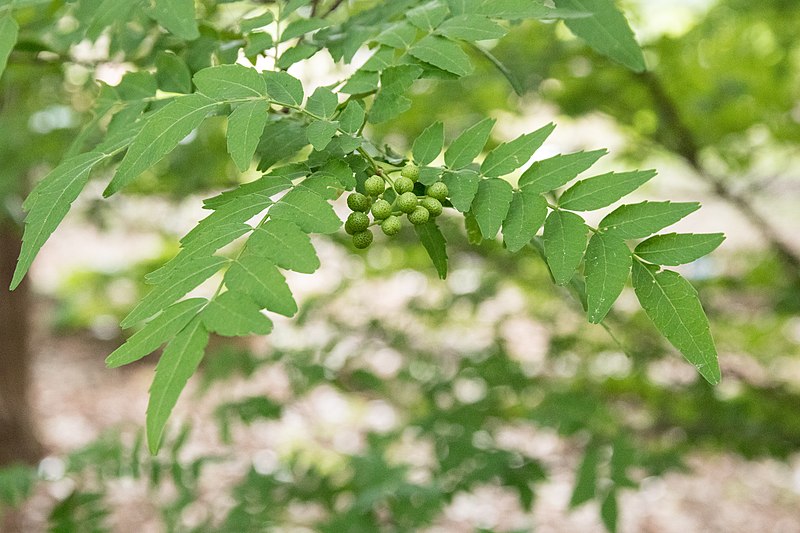
Zanthoxylum piperitum Poivrier du Sichuan Florama
Zanthoxylum clava-herculis Fruit and foliage Z. piperitum Fruit Z. rhetsa bark in Pakke Tiger Reserve Leafless Z. simulans showing its knobbed bark Z. piperitum as a bonsai. Zanthoxylum is a genus of about 250 species of deciduous and evergreen trees, shrubs and climbers in the family Rutaceae that are native to warm temperate and subtropical areas worldwide. It is the type genus of the tribe.
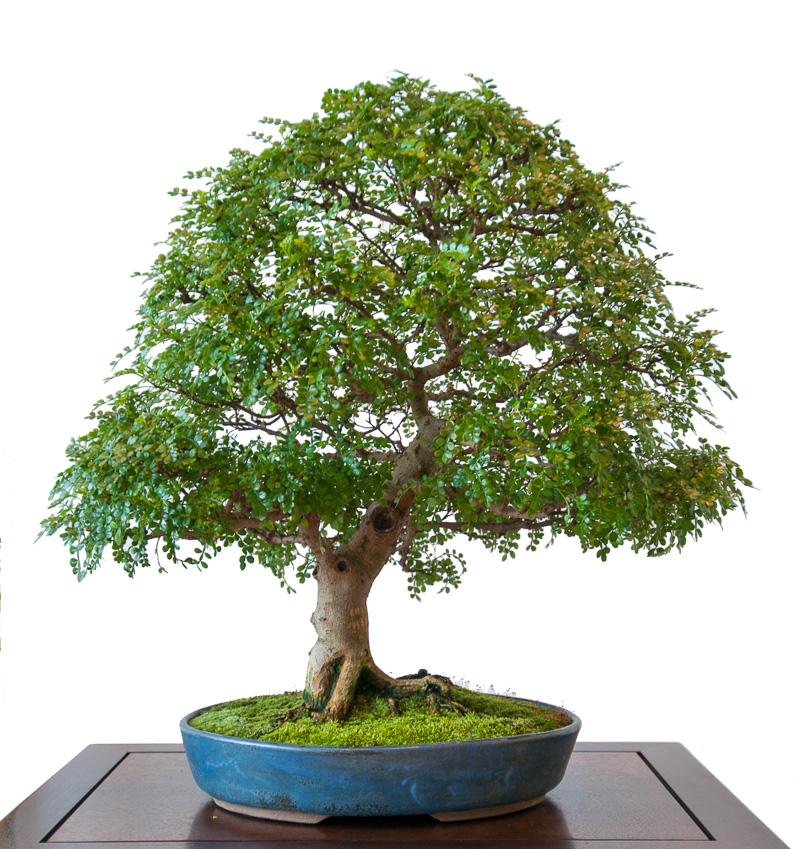
Zanthoxylum piperitum SzechuanPfeffer als Bonsai
Transporte gratuito a partir de 49€. Máximo 10kg. Condiciones aquí. Se aplicará el IVA correspondiente al país de destino. Zanthoxylum piperitum. Bonsái 5 años. Pimentero japonés. Bonsái de interior. Las hojas de los Zanthoxylum son muy apreciadas por el tamaño acorde al del bonsái, además de por su tono brillante.

Zanthoxylum Piperitum from Burncoose Nurseries
Chinese pepper tree is a quite common variety for indoor bonsai. Though generally easy to care for, some things should be kept in mind to make sure your pepp.

Zanthoxylum piperitum Japan pepper, Japanese pricklyash Pepinierele Van den Berk
- Nombre científico o latino: Zanthoxylum piperitum - Nombre común o vulgar: Pimentero japonés, Pimienta de Sichuán, Sansho - Familia: - Rutaceae (Rutáceas). - Origen: - China, provincia de Szechwan. - El Pimentero japonés es poco conocido en Occidente para los aficionados al bonsái. - Arbusto caducifolio de pequeño tamaño y muy aromático.

Zanthoxylum piperitum Poivrier du Sichuan Arbuste condimentaire
By using the assays, we identified Zanthoxylum piperitum ( Z. piperitum) fruit extract as a BoNT-like reagent (27.7% decrease of muscle contraction rates by 1000 ppm of Z. piperitum extract treatment).
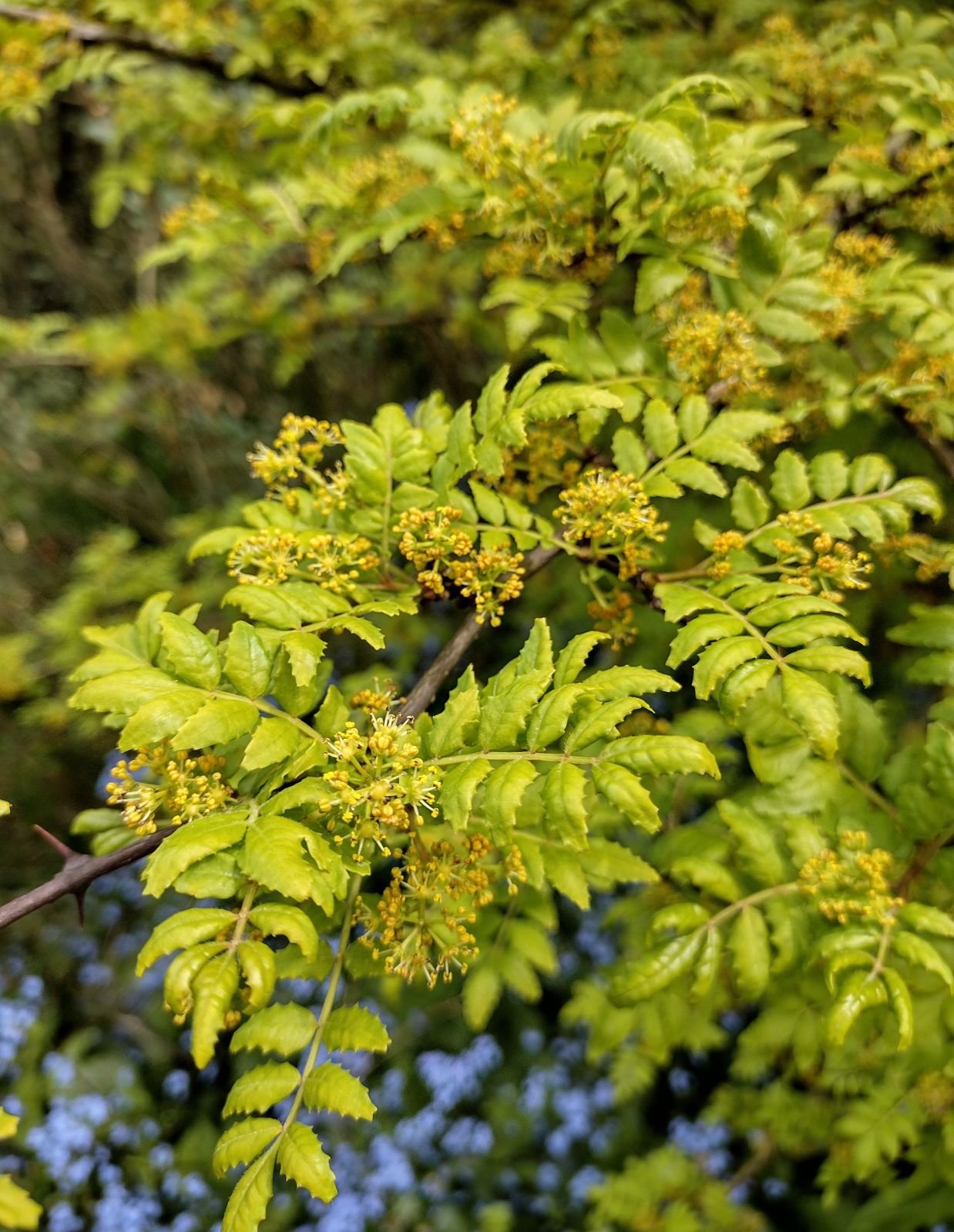
Zanthoxylum piperitum Trees and Shrubs Online
1) Luz: El bonsái de Zanthoxylum piperitum necesita mucha luz para crecer adecuadamente. Es recomendable ubicarlo en un lugar soleado pero protegido de la luz directa del sol en las horas más intensas del día. Si no se le proporciona la cantidad suficiente de luz, puede debilitarse y sufrir problemas de crecimiento.

Zanthoxylum Piperitum Bonsai
Japanese pepper, Zanthoxylum piperitum, is native to Japan and has four well-known lineages (Asakura, Takahara, Budou, and Arima), which are named after their production area or morphology.

Zanthoxylum piperitum Rutaceae Van den Berk Nurseries
Deciduous shrub or small tree, compact, dense, 8-15 ft (2.5-4.5 m) tall and wide, stem armed with flat spines, 8-13 mm long, in pairs at each node. Leaves alternate, pinnately compound, 7.5-15 cm long, with 11-23 leaflets, each 2-4 cm long, glossy dark green; pepper-tasting. Flower yellow-green, small, in 2.5-5 cm clusters.
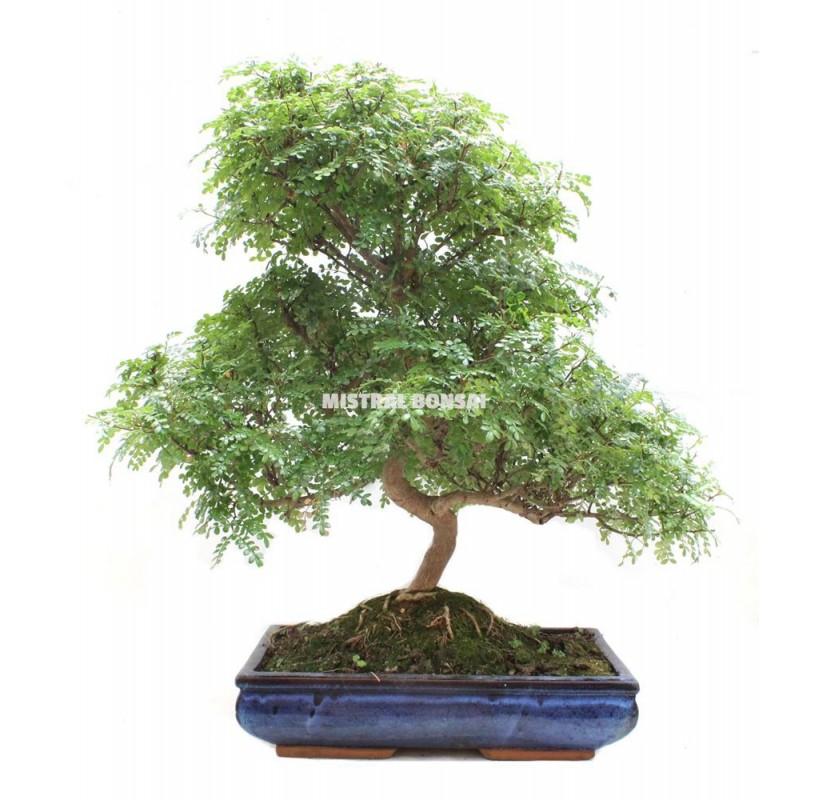
Zanthoxylum piperitum. Indoor bonsai 24 years. Pepper Tree.
OFERTA Bonsái 6 años Zanthoxylum piperitum 72,50 € 35,99 € Añadir al carrito OFERTA Bonsái 8 años Zanthoxylum piperitum 89,90 € 54,50 € Añadir al carrito OFERTA Bonsái 10 años Zanthoxylum Piperitum 129,90 € 89,90 € Añadir al carrito OFERTA Bonsái 16 años Zanthoxylum piperitum 189,90 € 159,99 € Añadir al carrito Bonsai 23 años Zanthoxylum piperitum

Zanthoxylum piperitum Arven pépinières
Zanthoxylum piperitum, also known as Japanese pepper or Japanese prickly-ash is a deciduous aromatic spiny shrub or small tree of the citrus and rue family Rutaceae, native to Japan and Korea. It is called sanshō ( 山椒) in Japan and chopi ( 초피) in Korea.
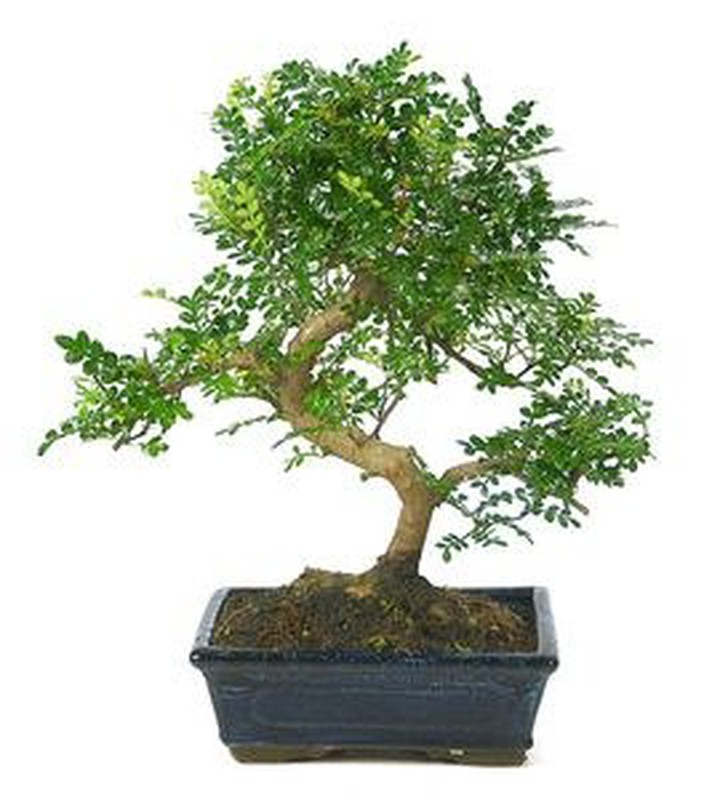
Bonsais Zanthoxylum piperitum — Flors Catalunya
Zanthoxylum species (Syn. Fagara species) of the Rutaceae family are widely used in many countries as food and in trado-medicinal practice due to their wide geographical distribution and medicinal properties. Peer reviewed journal articles and ethnobotanical records that reported the traditional knowledge, phytoconstituents, biological activities and toxicological profiles of Z. species with a.
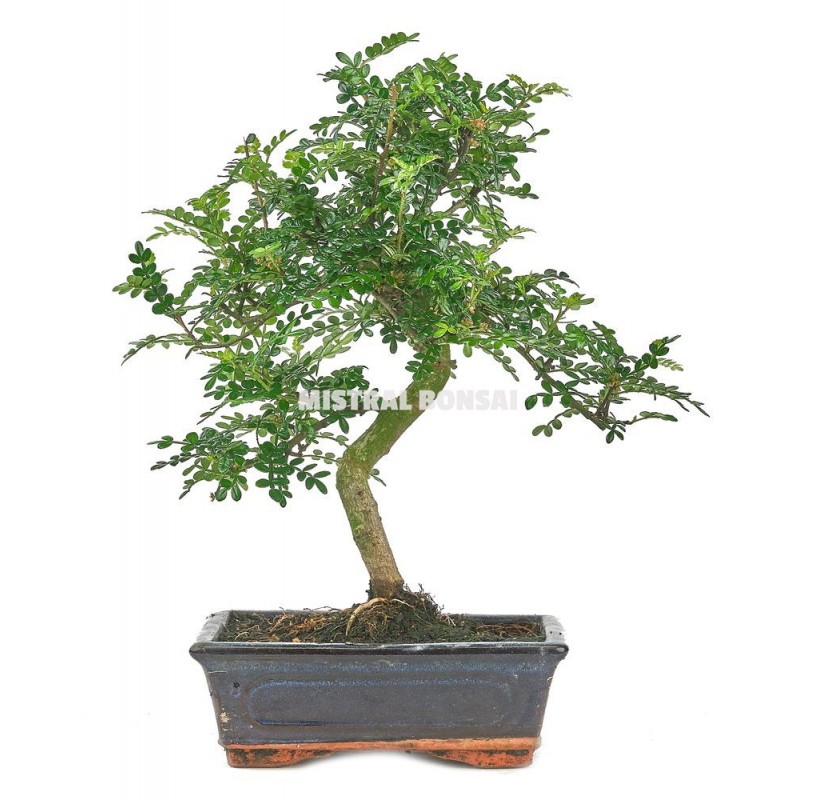
Zanthoxylum piperitum. Indoor bonsai 8 years. Pepper Tree.
Zanthoxylum piperitum is native to Japan (except for Ryukyu) and southern Korea. In Japan, it is mainly used for culinary purposes. In English, it is known as Japanese pepper; in Japanese, it is called sanshō. This plant is considered to be highly medicinal in various uses 3 - 10.

Zanthoxylum piperitum PictureThis
In China, Japan, and the Indian peninsula, different species of Sichuan pepper are planted in orchards. More vigorous Zanthoxylum piperitum and Zanthoxylum simulans can be planted in rows spaced 18 feet apart, with 18 feet between trees (6 x 6 meters).; Smaller Z. armatum and Z. schinifolium can be planted in rows and lines spaced 12 feet apart (4 x 4 meters).

ZANTHOXYLUM piperitum
In traditional medicine, many of the plant species are used in treating sickle cell anemia, trypanosomiasis, malaria and microbial infections, including tuberculosis and enteritis, with Z. zanthoxyloides Lam being the most reported species for these applications ( Erichsen-Brown 1979; Burkill 1985 ).

Zanthoxylum piperitum Poivrier du Sichuan Arbuste condimentaire
Zanthoxylum piperitum. Upload Image Print Version Upload Image Print Version Family Rutaceae (roo-TAY-see-ee) Info. Genus Zanthoxylum (zan-THOK-sil-um) Info. Species piperitum (pip-er-EE-tum) Info. Synonym Fagara piperita.